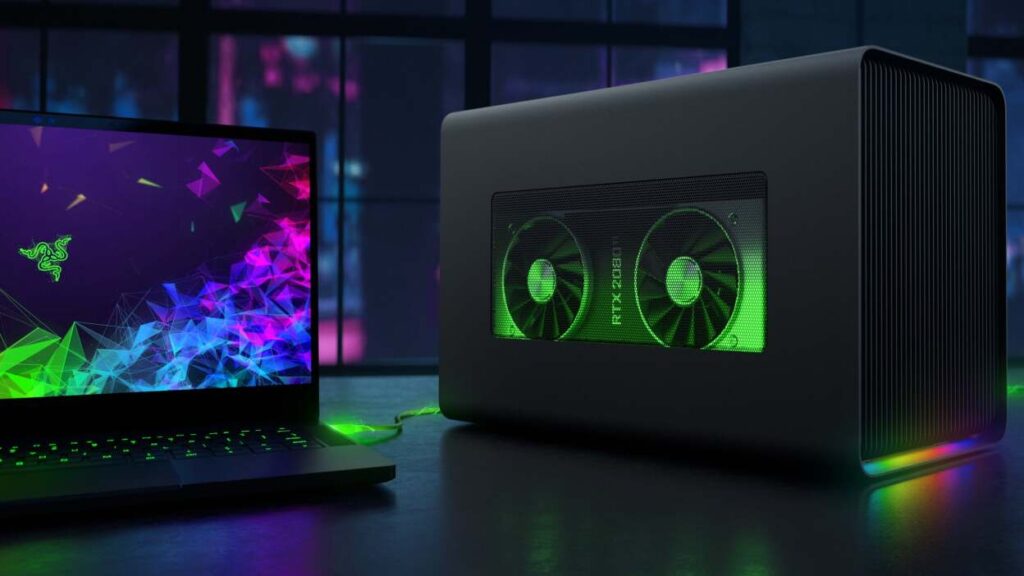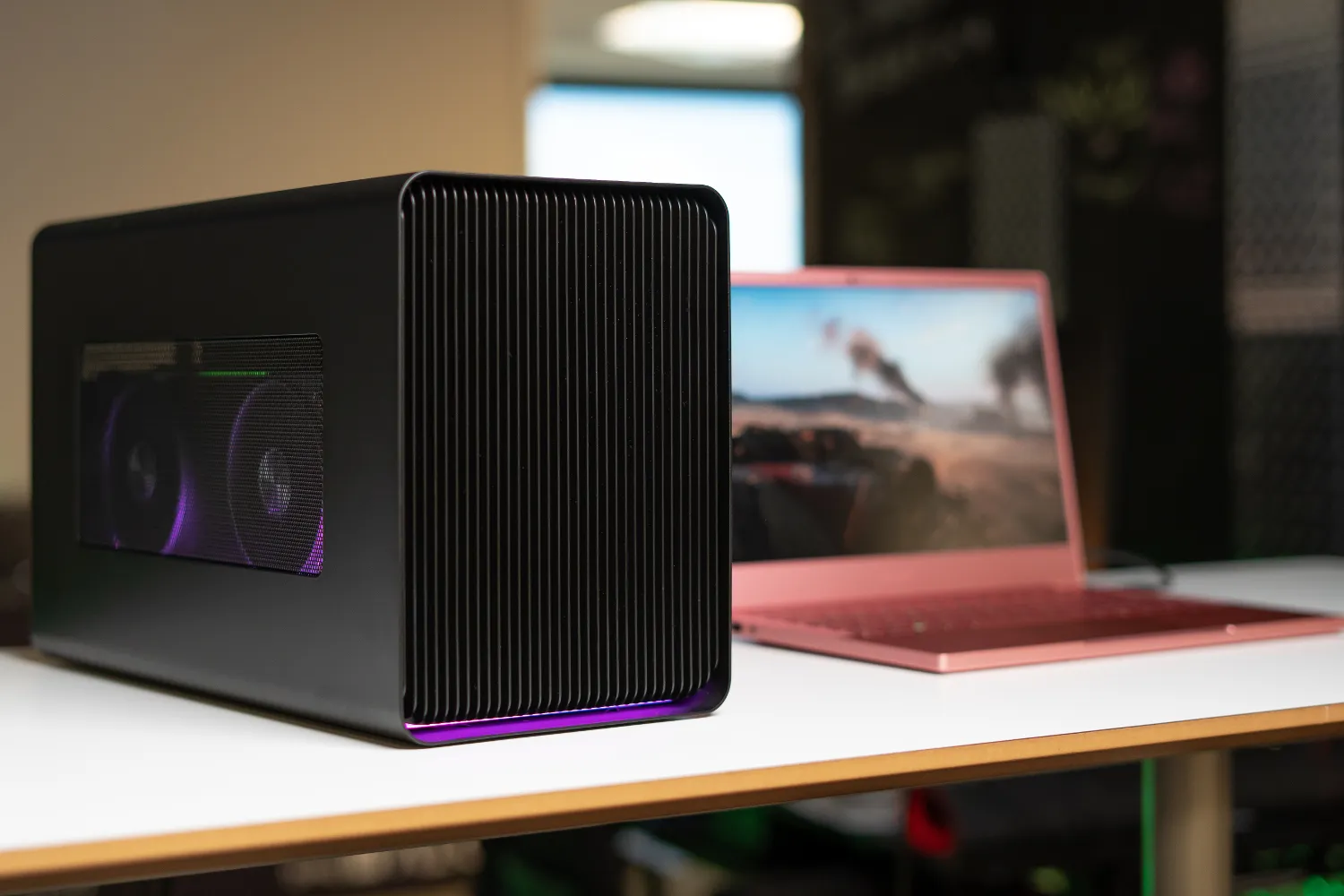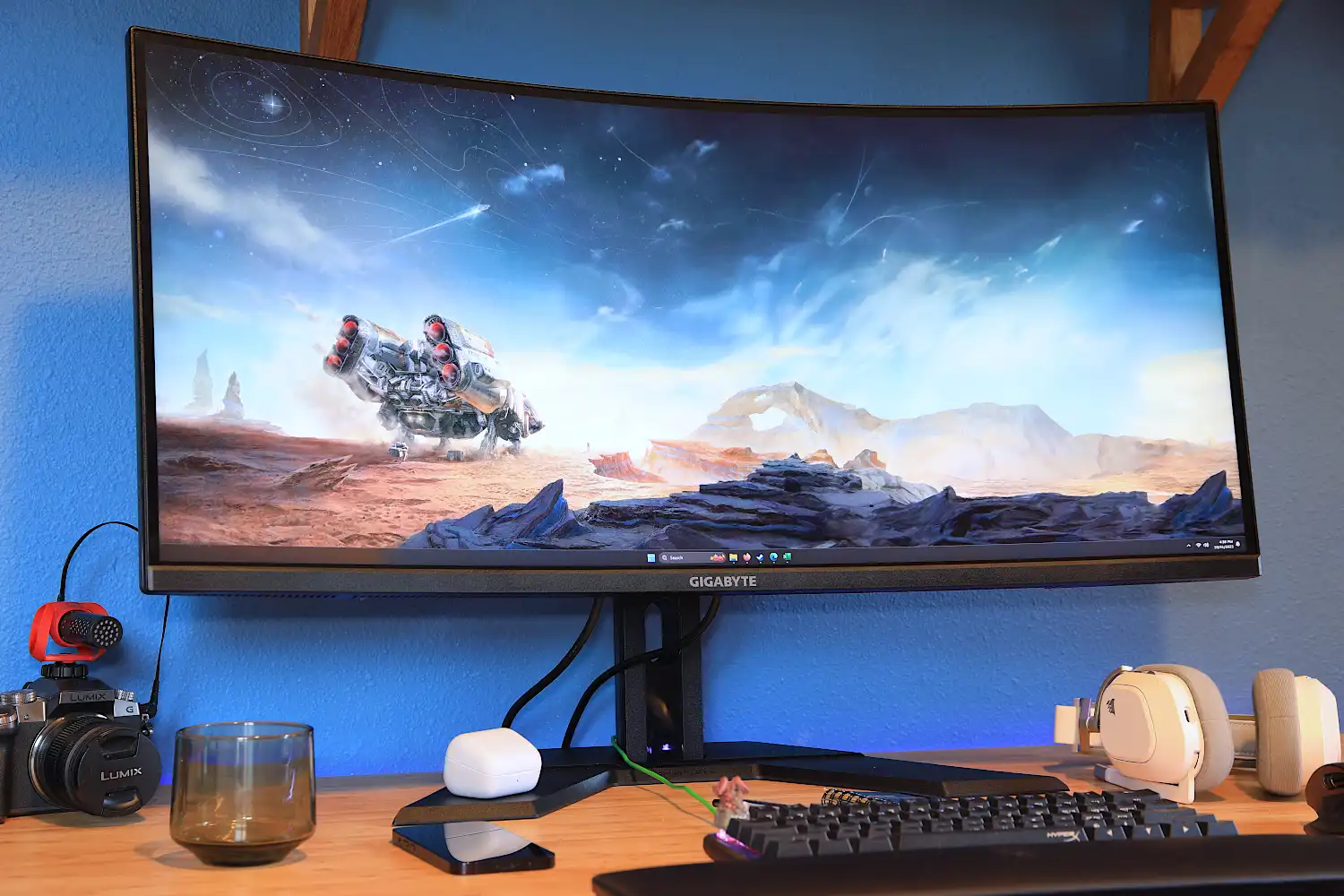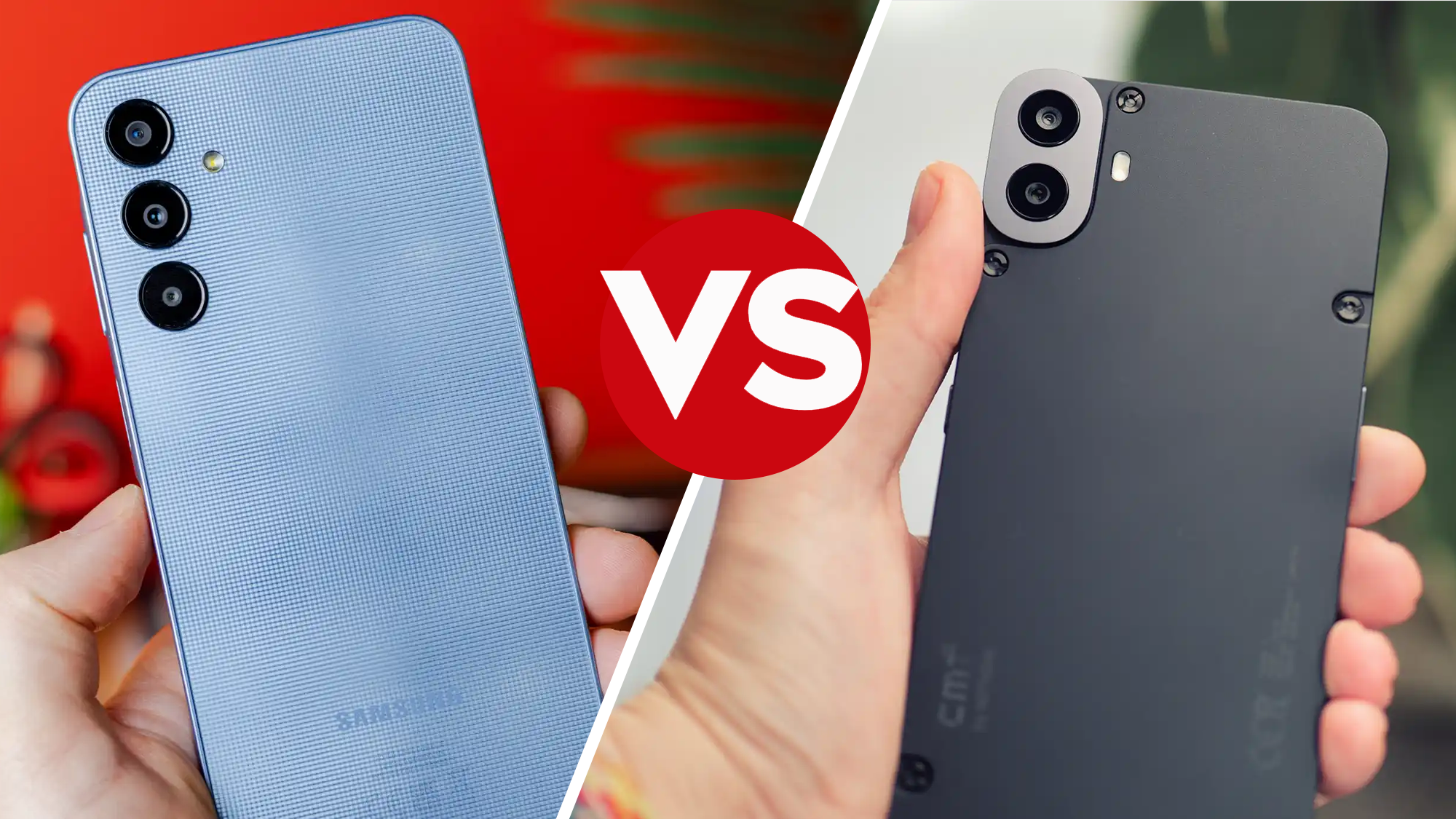
Introducing Oculink, a potential game changer in the world of connectivity technology. Short for “Optical Copper Link,” Oculink is designed to enable the connection of external PCI Express (PCIe) devices to laptops, mini PCs, and gaming handhelds. Developed by the PCI-SIG, the official body for PCI interfaces, Oculink offers a high effective bandwidth of up to 63 gigabits per second, making it ideal for applications and hardware requiring high data-transfer rates, such as external graphics cards for gaming.
One of the standout features of Oculink is its cost-effective implementation. Unlike Thunderbolt, which involves licensing fees for use, Oculink is open source, allowing for cheaper production of peripheral devices. Adapters, docks, and cables compatible with Oculink can be purchased at a fraction of the cost of their Thunderbolt counterparts. Additionally, Oculink boasts impressive bandwidth, exceeding the performance of comparable Thunderbolt connections with a speed of 16GT/s (8GB/s total for four lanes). This is particularly beneficial for utilizing NVMe U.2 drives via a U.2 connection.
However, Thunderbolt still holds certain advantages, particularly in terms of user-friendliness and availability. Thunderbolt ports are widely available in many devices and are typically easy to use, supporting Plug & Play functionality. Thunderbolt also offers a variety of options for setting up external GPU (eGPU) systems, including different housings, hubs, and compatible graphics cards.
A practical example showcasing Oculink’s capabilities is the GPD G1 dock, featuring support for both Thunderbolt 4 and Oculink. Equipped with an AMD Radeon RX 7600M XT graphics card and a built-in 240-watt power supply, this versatile dock offers various connections and achieves better performance through Oculink.
In summary, Oculink presents an economical alternative to Thunderbolt, offering higher bandwidth and lower costs, making it particularly attractive for high-performance applications. While it may not yet be as widespread as Thunderbolt, Oculink’s popularity is on the rise, with users reporting fewer errors and problems compared to Thunderbolt, albeit requiring slightly more configuration effort.




